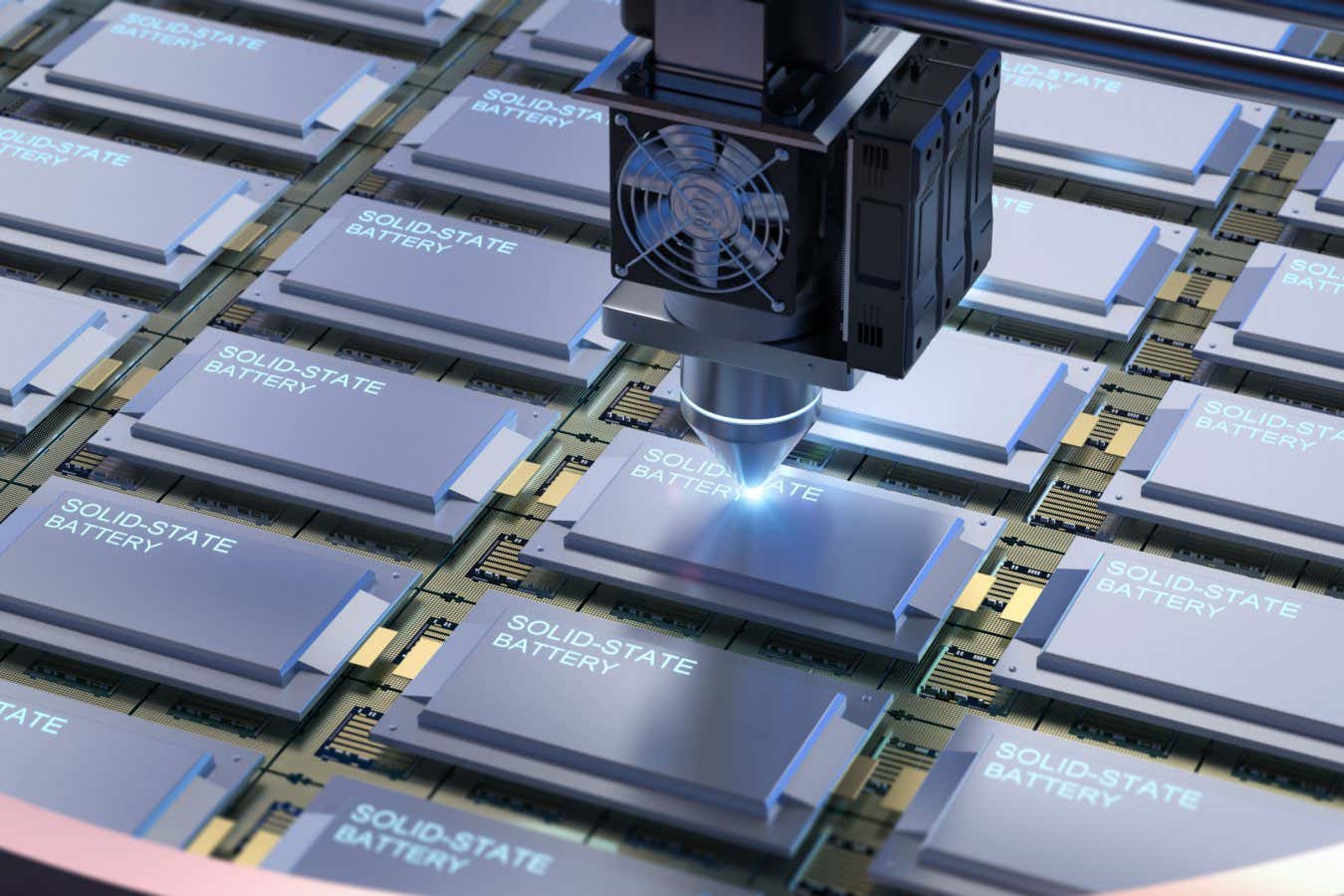Toyota has announced a breakthrough in solid-state battery technology that could revolutionize the electric car industry. These batteries, expected to be in production by 2028, are anticipated to be lighter and more powerful than current lithium-ion batteries, offering electric cars a range of 1200 kilometers and a charging time of just 10 minutes. But what are solid-state batteries, and why do we need them?
What are solid-state batteries?
Traditional lithium-ion batteries, commonly used in phones, laptops, and electric cars, have a liquid electrolyte, which allows ions to flow in one direction to charge the battery and in the other direction when the battery is being drained. Solid-state batteries, on the other hand, replace the liquid electrolyte with a solid material.
Typically, a lithium-ion battery consists of a graphite electrode, a metal oxide electrode, and a liquid electrolyte containing lithium dissolved in a solvent. However, in solid-state batteries, various materials, such as ceramics and sulphides, replace the liquid electrolyte.
Advantages of solid-state batteries
There are several advantages to using solid-state batteries. Firstly, by eliminating the need for lithium, which is in short supply and environmentally damaging to mine, solid-state batteries offer a more sustainable alternative. As the world shifts towards renewable energy and more reliance on batteries for storage, the shortage of lithium is likely to worsen.
Additionally, solid-state batteries offer technical advantages, logistical benefits, and economic advantages. By removing the liquid electrolyte, the risk of fires is reduced. Moreover, solid-state batteries can be charged more quickly than traditional lithium batteries, which charge slowly after reaching 80 percent capacity.
Furthermore, solid electrolytes are less dense, allowing solid-state batteries to be smaller and lighter than lithium-ion batteries. This has the potential to make electric cars smaller and lighter or increase their range without compromising size or weight. The increased energy density and reduced weight could also make electric aircraft a viable option.
The road to solid-state batteries
While solid-state batteries are not a new concept, the development of a cost-effective manufacturing technique has been challenging. Car manufacturers like Ford, BMW, and Mercedes-Benz have invested in research and development to harness the potential benefits of solid-state batteries.
In a recent announcement, Toyota signed a deal with Japanese petroleum company Idemitsu Kosan to develop a solid-state battery for cars, targeting a production timeline of 2027 or 2028.
Academia has also made progress in this field. Earlier this year, researchers at the Chinese Academy of Sciences successfully recharged a solid-state lithium-sulphur battery 1400 times, demonstrating the long lifespan of these batteries. NASA has also developed a solid-state battery made of stacked cells of sulphur and selenium, which can reduce battery weight by up to 40 percent while increasing energy density.
However, despite the promising claims and ongoing research, solid-state batteries have yet to be widely available in the market. Toyota’s announcement places the company among others betting on solid-state battery technology, but time will tell which company will be the first to achieve commercial success and how much of a game-changer new battery designs can offer.








